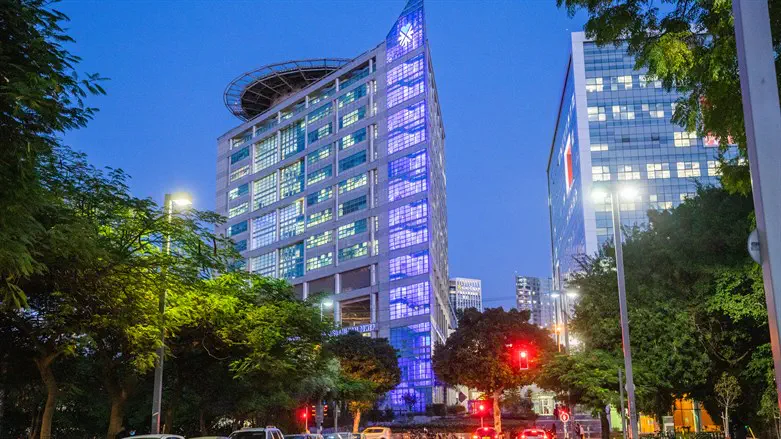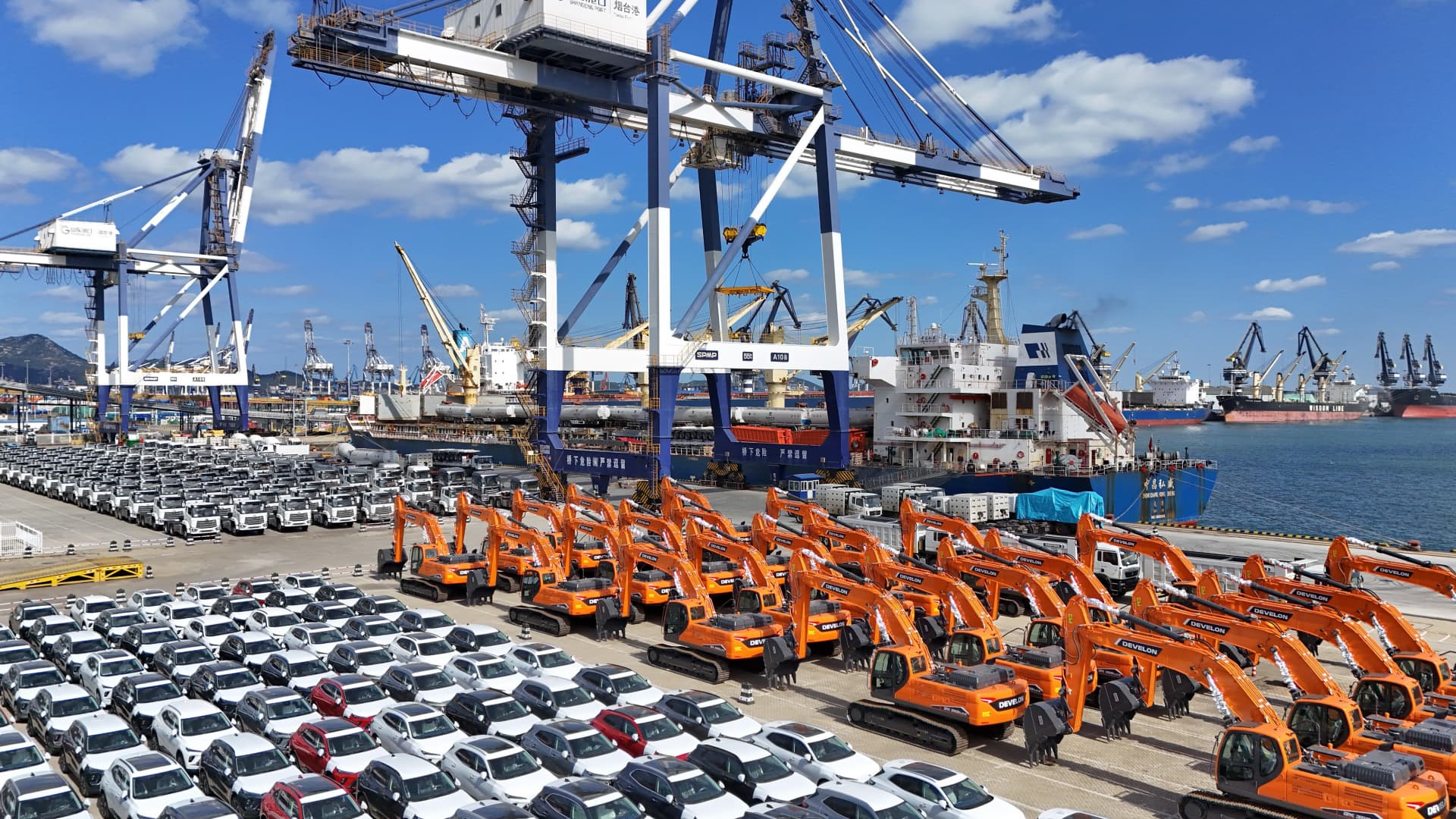Chinese-made automobiles and construction machinery are assembled and shipped for export at Yantai Port in Yantai City, Shandong Province, China, on October 21, 2025.
Costfoto | Nurphoto | Getty Images
China’s manufacturing activity in October contracted more than expected, shrinking to the lowest level in six months, an official survey showed on Friday, as trade tensions with Washington reignited during the month.
The official manufacturing purchasing managers’ index came in at 49.0, data from the National Bureau of Statistics showed, missing economists’ expectations for 49.6 in a Reuters poll. A reading above the 50 benchmark indicates growth while one below that suggests contraction.
The latest reading reversed the recovery in recent months, after the PMI rose to a six-month high of 49.8 in September, compared to 49.4 in August and 49.3 in July.
The sub-indexes tracking production, new orders, raw material inventory and employment all sunk further into contraction, official data showed, pointing to a deeper manufacturing slowdown and softer demand.
The non-manufacturing PMI, covering construction and services, ticked up to 50.1, boosted by the renewed momentum in air and railway transportation, accommodation, cultural and sports-related entertainment activities. October saw an eight-day Golden Week holiday that ran from Oct. 1 to 8.
The NBS composite manufacturing and non-manufacturing PMI dipped to 50, its lowest level since December 2022, according to Wind Information.
Huo Lihui, NBS chief statistician, attributed the slowdown to the weeklong holiday that shuttered most factories in China, and an “increasingly complex international environment.”
The country’s manufacturing activity has remained in contraction since April, when U.S. President Donald Trump’s started his tariff campaign, pressuring Chinese factories.
China’s economy expanded 4.8% in the third quarter, marking the slowest growth in a year. Adding to the constraint on the economy, fixed-asset investment unexpectedly contracted 0.5% in the first nine months of the year — the first such decline since pandemic-hit 2020 — according to data going back to 1992 from Wind Information.
Large industrial firms saw their profits surge the most in nearly two years, rising 21.6% in October from the same period a year earlier, as declines in factory-gate prices eased amid Beijing’s campaign to rein in a bruising price war and excess capacity.
Domestic demand has remained sluggish, with a protracted property slump and soft labor-market conditions eroding households’ spending power.
China and the U.S. reached a trade truce on Thursday after months of rising tensions, de-escalating the situation that had threatened to push the world’s two largest economies into a full-blown trade war.
Trump said the U.S. would immediately cut the 20% fentanyl-linked tariffs on Chinese goods by half, and in turn, Beijing would resume “massive” purchases of American soybeans and other farm products. China also agreed to pause its sweeping rare-earth controls for a year while taking steps to stem the flow of precursor chemicals used in fentanyl production. Both sides agreed to suspend fees for one year on ships that dock at each other’s ports.
But analysts cautioned that the meeting fell short of a comprehensive pact that addressed matters core to the U.S.-China rivalry and other contentious issues, including Taiwan, making the deal vulnerable to another escalation in the delicate detente.
“As the trade negotiation went successfully yesterday, the macro policy in China will likely stay unchanged for the rest of this year,” said Zhiwei Zhang, president and chief economist at Pinpoint Asset Management, expecting more proactive fiscal policy early next year.
First Appeared on
Source link














